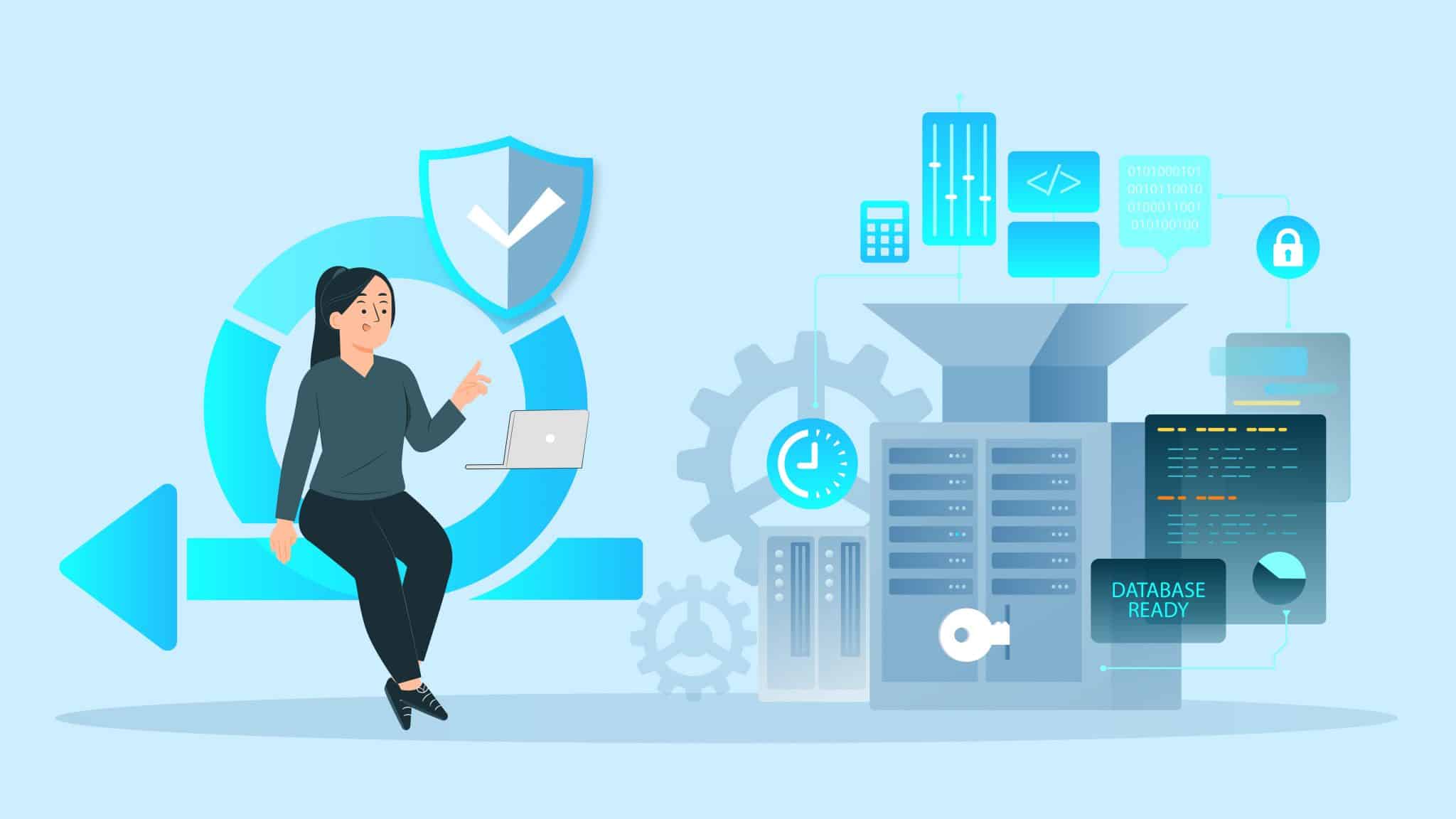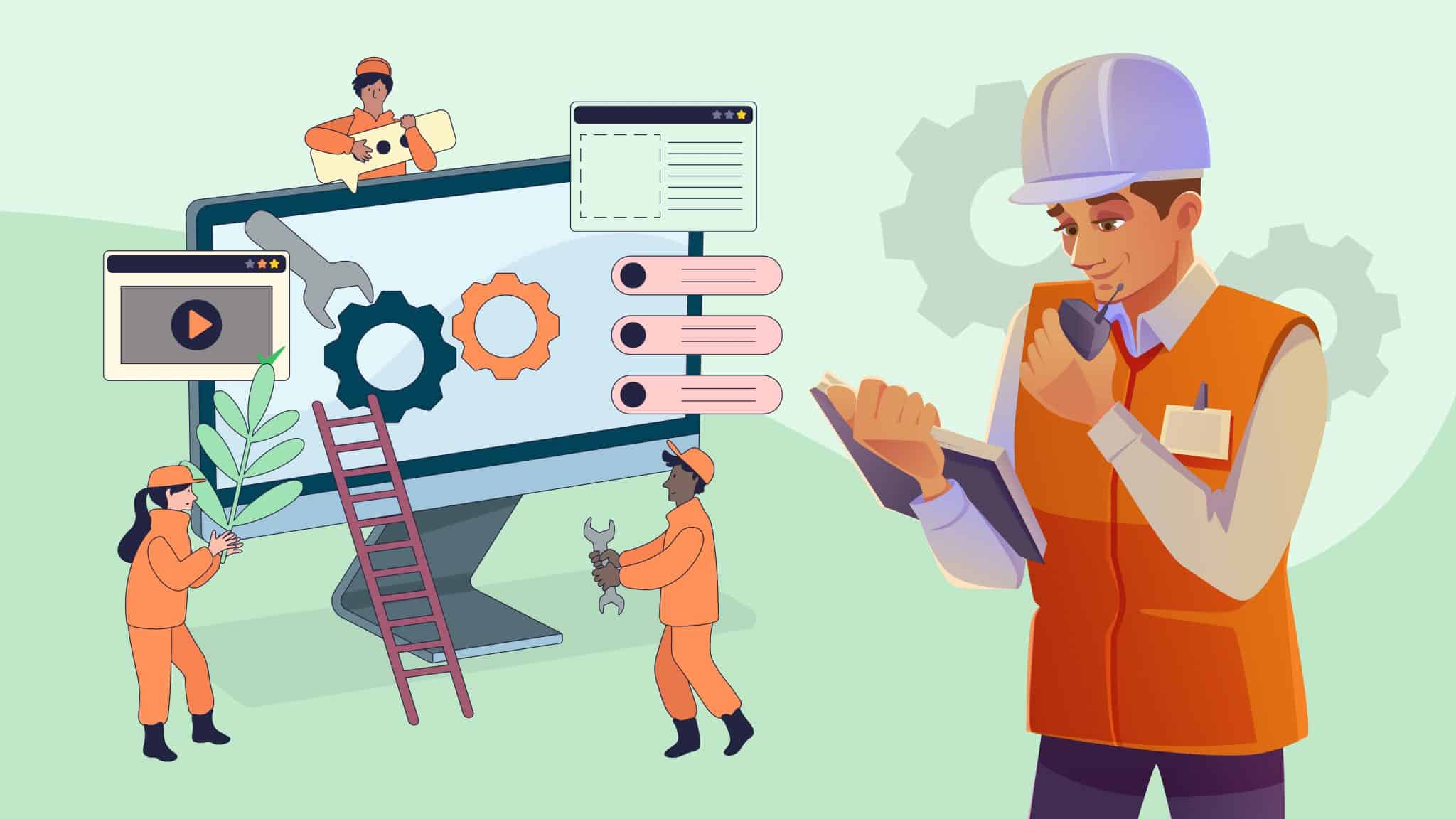Software build management is necessary whenever software is being developed. This process involves the collection of the assets that will be part of the software release. It also includes the building and testing of the system and the performance of all the automated tasks. A build manager will organize the software structure, freeze software when it reaches important milestones, make baselines for the software’s first version, and create and maintain the rules of the process and folder templates.
But if you want the development cycle to be effective and reliable, you need to follow the right steps. Here are the best practices you should consider for software build management.
1. Keep Testing
Just because you tested the code once and it looked alright, it doesn’t mean that you should stop doing tests altogether. You should perform continuous tests to make sure that the code meets the needs of the users.
The tests will boost your code coverage and increase your code quality confidence over time.
2. Track All Problems
One important part of software build management is error tracking. Using a bug tracker makes the entire process easier and it will help you during the software development procedure. With this type of program, you will be able to find defects and then prioritize them based on how serious they are and how many team members can focus on them. It also helps organize tasks more effectively.
3. Make Sure the Code Is Simple
Keeping the code clean and simple makes it easier to read and it can boost developer collaboration. It will be much easier to understand simple code, find defects in it, and change it. So, don’t assume that more complicated code will make things more convenient because, in reality, it might only make things harder for you.
4. Check Code with Multiple Resources
You shouldn’t limit yourself to a single resource. One essential aspect of effective software build management is checking codes with multiple resources. Developers must use a different developer to check their code with, and all of this should be done before the code is even sent to the testing team.
This helps developers learn new skills and knowledge from each other and even find defects much sooner. All in all, it will contribute to the development process.
5. Use a Version Control System
A version control system will let you manage any changes to documents or code. Developers will be able to keep track of any code changes with this system, and they will also have an easier time collaborating with others. What’s even better is that this allows you to make new branches, fixes, or features without interfering with the main code.
The Bottom Line
You need to pay attention to your practices as a developer if you want the software build management process to be effective. Consider the practices presented in this article and you will immediately start to notice improvements as the software will reach its best version.


























